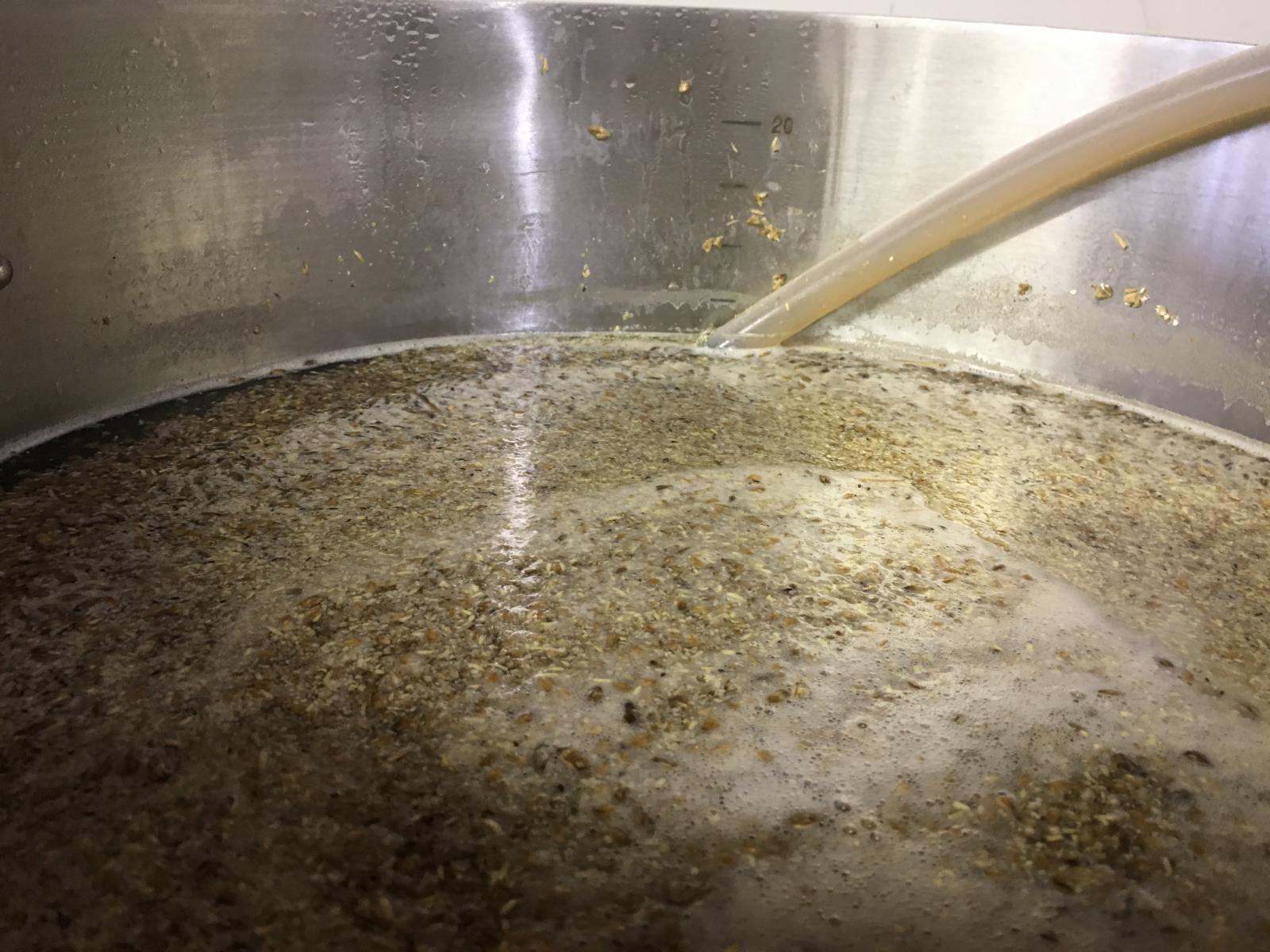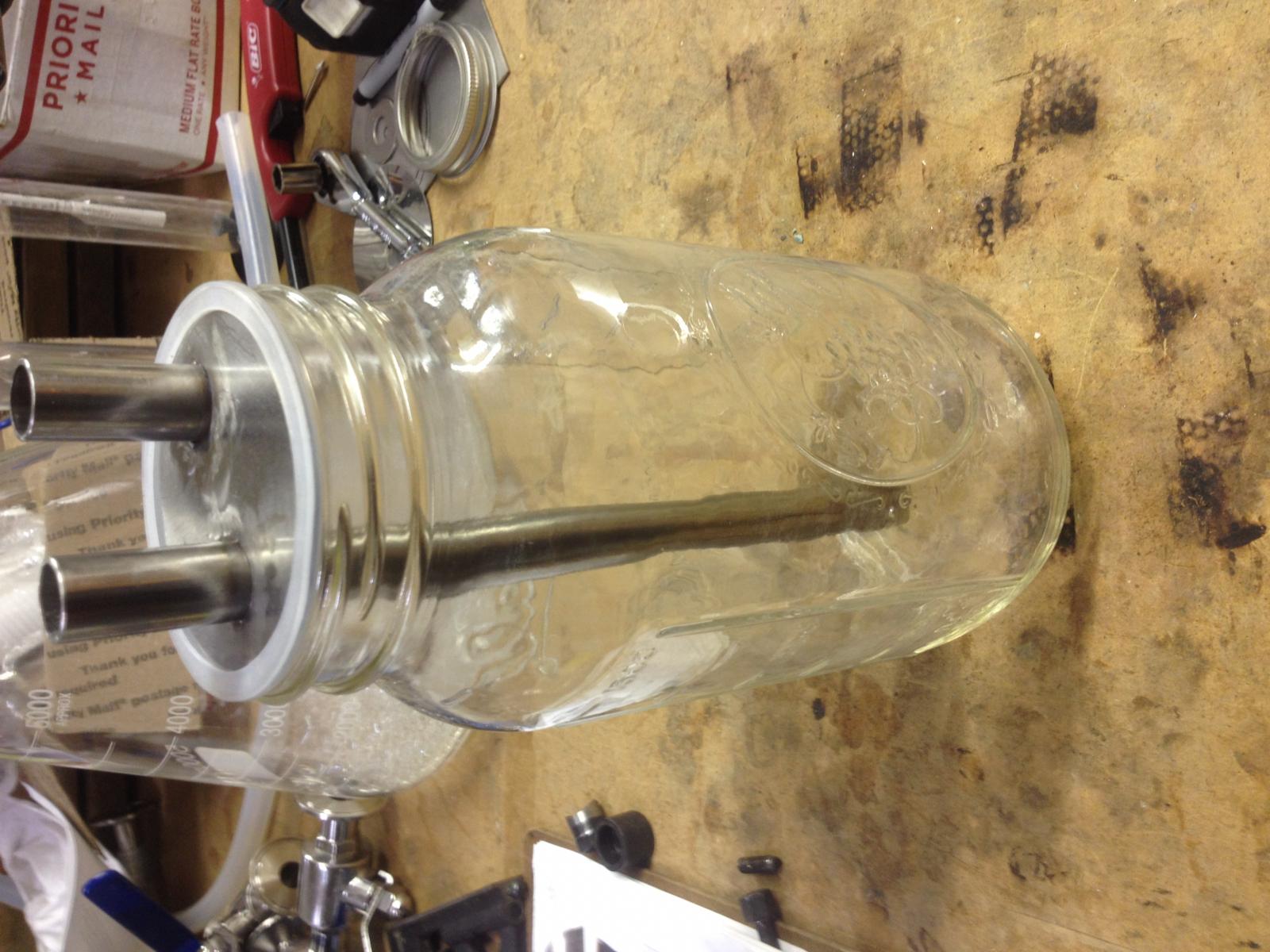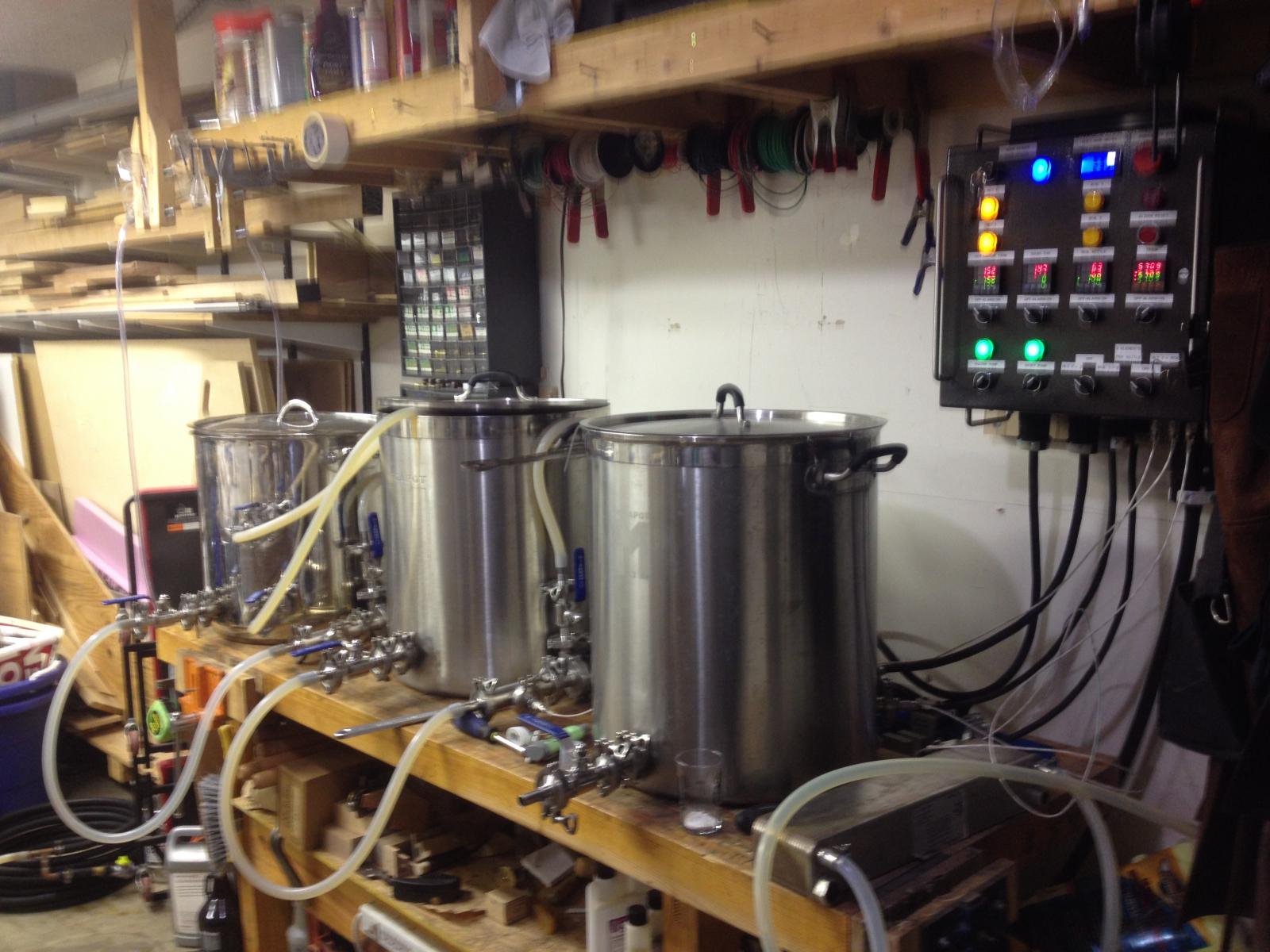I am going to make this again soon fourth attempt any suggestions on how to get this to ferment down mine always stall out around 1.018
Never used the servomyces is that the missing link or should I only hold it at 65 for a day and let it free rise on its own
CSI always insisted that yeast was the key, so they use fresh krausen. I often will thrown in the whole starter at high krausen to know the yeast are ready (but you have to start with a slighter higher OG, the starter will knock down the gravity some).
Using pure oxygen definitely helps. And yes, yeast nutrient doesn't hurt, it doesn't have to be servomyces.
I always want the wort to get at least into the high 70s if not higher.


















![Craft A Brew - Safale S-04 Dry Yeast - Fermentis - English Ale Dry Yeast - For English and American Ales and Hard Apple Ciders - Ingredients for Home Brewing - Beer Making Supplies - [1 Pack]](https://m.media-amazon.com/images/I/41fVGNh6JfL._SL500_.jpg)














































